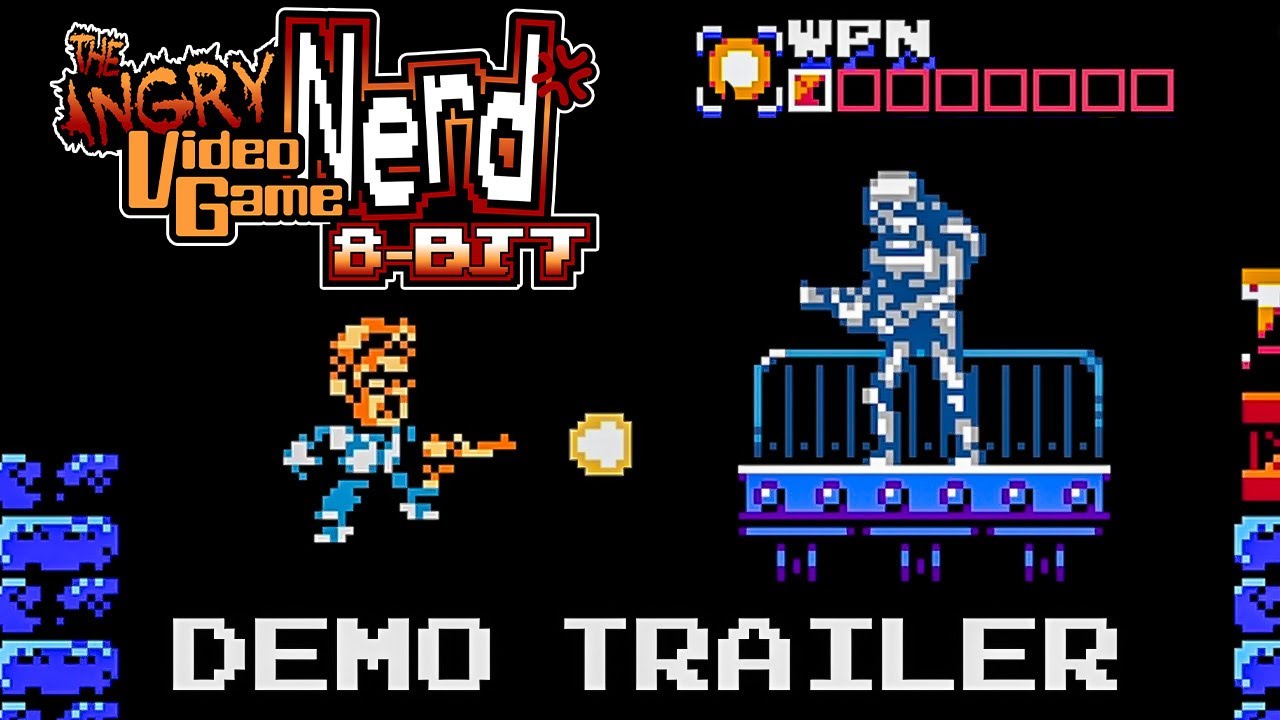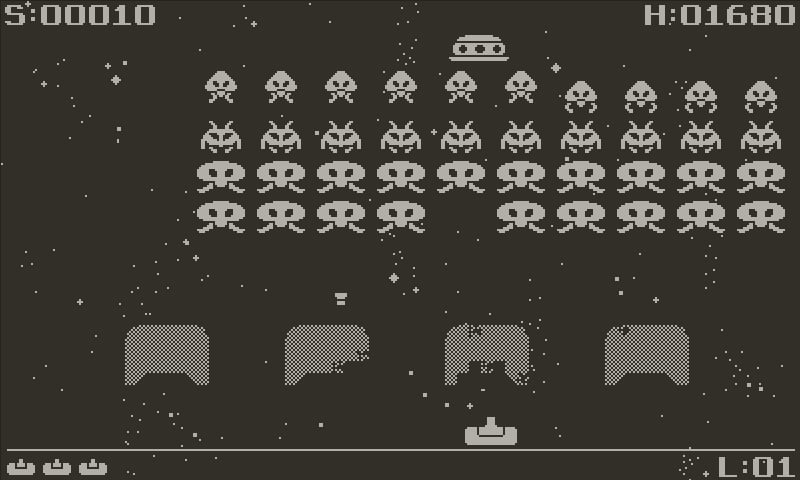When we last left off with It’s In The Game, the documentary hit the high point of John Madden Football becoming the huge surprise hit of the 1990 holiday season. A lot happens in the next five years, and the second episode achieves a neat parallel by ending at a low point for the franchise- the cancellation of the Sony Playstation version of Madden ’96. Electronic Arts had, you might recall from the first episode, accomplished the technical achievement of the first Sega Genesis title by reverse-engineering the Sega Genesis itself. But a bigger team with an actual Playstation development kit couldn’t achieve the same in 1995. This is less a comment on the poor quality of the team than a sign of the advancing technology growing far beyond what they were used to.
Until that point, though, the second episode is mainly high after high. The interviewees credit John Madden himself with the idea of making a sequel, something the team hadn’t even been considering, solely so that the John Madden Football game would be number one in perpetuity. Trip Hawkins says this would require yearly updates, to which John Madden enthusiastically agreed. And Hawkins’ assistant Michael Brooks had the foresight to realize they should be calling the next game Madden Football ’92, rather than Madden Football 2, if they’re really going to be making this kind of long-term commitment to the project.
Notably, however, at this stage in John Madden Football history, the game still wasn’t using real NFL rosters, mostly because Electronic Arts didn’t want to have to pay licensing fees for such a cosmetic change. It’s In The Game understates the legal issues involved with this. The teams all have city names and colors that obviously correspond to real-life equivalents, and the numbers associated with the players also just as clearly refer to actual players. Clay Walker of NFLPA appears in the portions discussing this, and presumably the legal acrimony isn’t discussed because the actual organizations involved consider it ancient history. Obviously, Madden Football today has real player rosters, although I was a bit surprised to learn that only started with Madden Football ’95.
Of course, this surprised plenty of people at the time too. Gordon Bellamy features heavily in this episode as a megafan of John Madden Football who brute forces his way into Electronic Arts quite literally by calling everyone mentioned in the John Madden Football credits to try and get a job. At one point even manages to get a hold of the wrong Jim Simmons. The significance of Gordon Bellamy to the John Madden Football at Electronic Arts is described as a game changer because his perspective is radically different from the programmers they’d normally hire. We can see subsequent recruiting drives look first for John Madden Football fans before technical qualifications. One guy’s hired on the spot because he figured out a trick to always block a punt- not the kind of thing anyone would even try to do unless they have an obsessive familiarity with the game.
This ties in quite well with the licensing issue- Gordon Bellamy’s big claim to fame is that he made his own illicit version of Madden NFL ’95 with the licenses added and shipped that version out despite Electronic Arts not having the rights to that license. Should he have been fired for that? Probably. But Bellamy gets off with a suspension in part because yes, having the names on the players on-screen may be a frivolous detail. Yet think of the situation from the perspective of a kid who’s role-playing as their favorite football star. That authenticity matters. That authenticity is, indeed, the entire reason why John Madden was involved with the project. Anyone could make a football game, and many tried. John Madden, and the Electronic Arts team he worked with, wanted to get it right, and that’s why the Madden brand was so popular.
Just how popular it was, at times, caught Electronic Arts off-guard. When one new hire comes up with a crazy idea to invite hip-hop stars and football players to participate in what we would now call a pre-Super Bowl Esports competition, the idea sounds preposterous. Yet the Madden Bowl happens and is a huge success. It’s In The Game does an excellent job demonstrating that John Madden Football went a long way to expanding the definition of what it even meant to be a gamer. This is a game that black kids who want to be football players play, in part to learn more about football. This is a very different conceptualization of the term compared to the suburban white nerd image that video gamers were, and still are, often associated with. Bellamy makes a very good point when he argues about how even something as minor as skin tone on individual players is a big deal in that context- and can’t be done correctly without an NFL license, since it would make the copyright infringement that much more obvious.
There’s a bit of a levity involved there with the idea of accurate player rankings. Many people, both the players themselves and fans, get and got bitterly mad over players having inaccurate rankings. It’s little surprise that Electronic Arts in the present day needs a whole quality control team led by an ex-player to make those rankings seem credible. Just as was the case in the first episode, there’s a lot of information crammed in here. Even the doomed 3DO video game system gets a brief mention, although there’s not too much discussion of the technical issues involved with moving the game from cartridges to CDs save for the atrocious load times. That much, I assume, is being saved for the next episode.
The post It’s In The Game Episode 2 Review: Amazon Prime Documentary Covers the Madden Franchise to 1995 appeared first on Old School Gamer Magazine.









